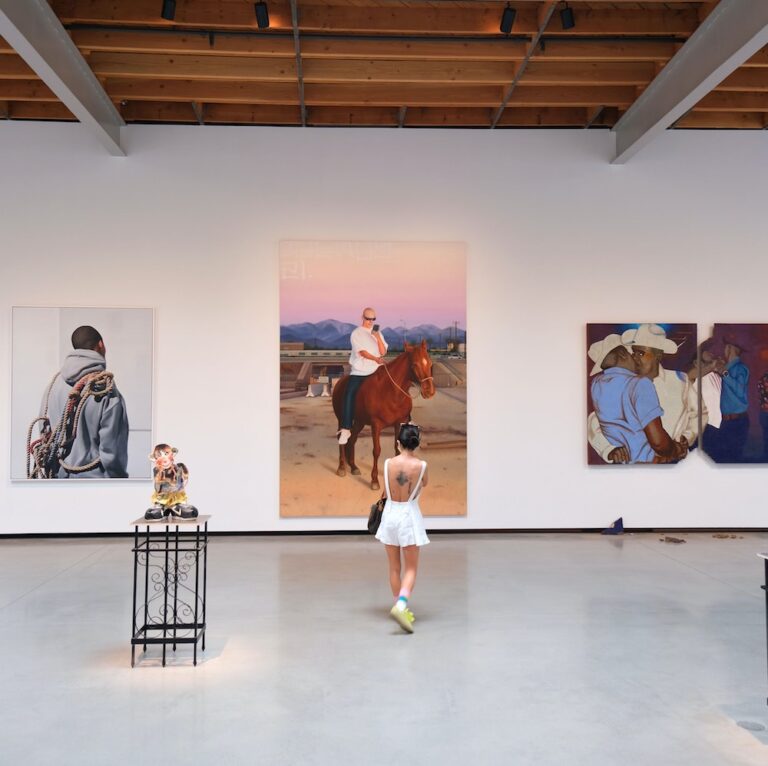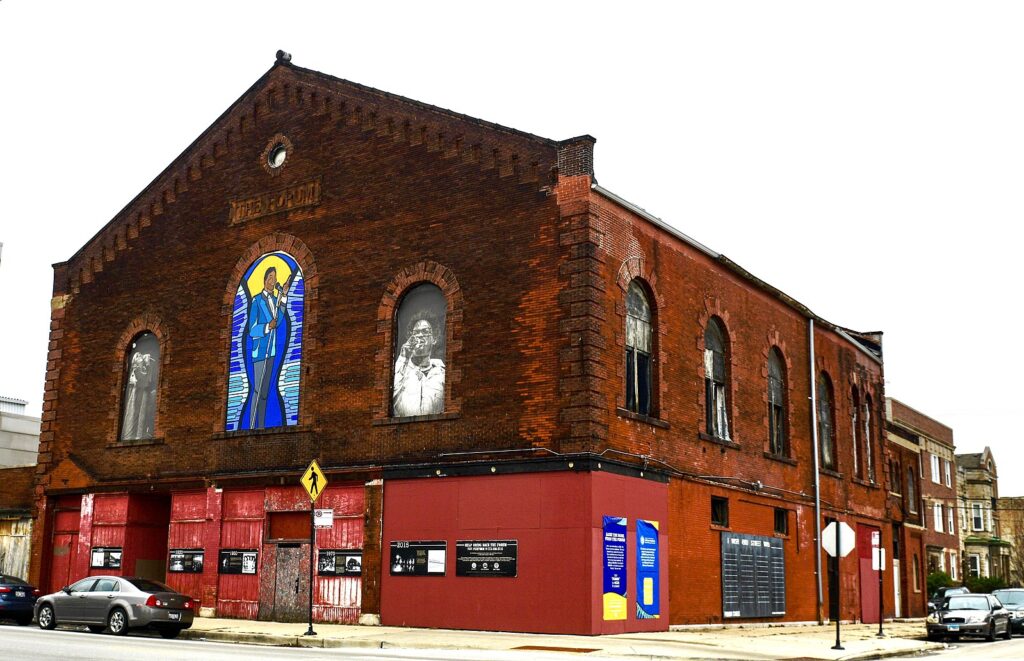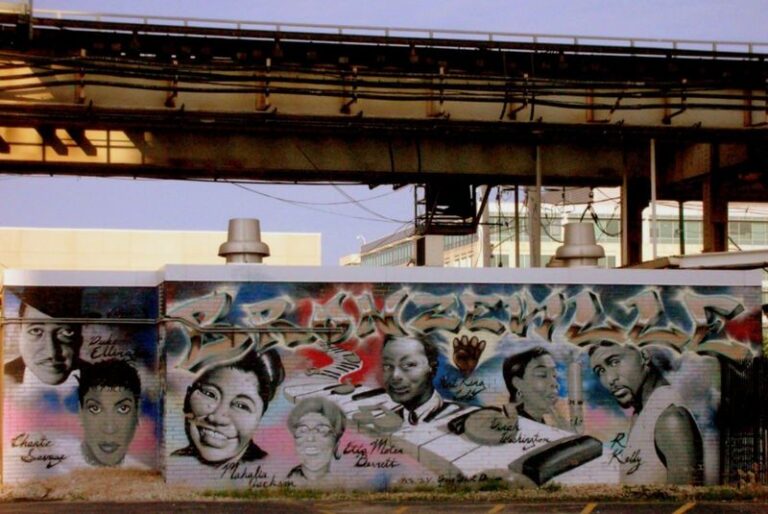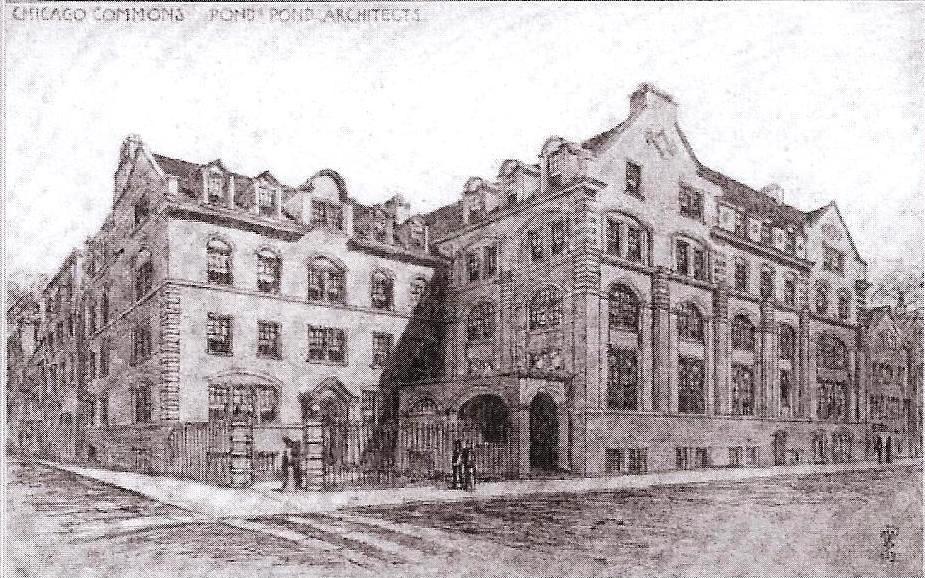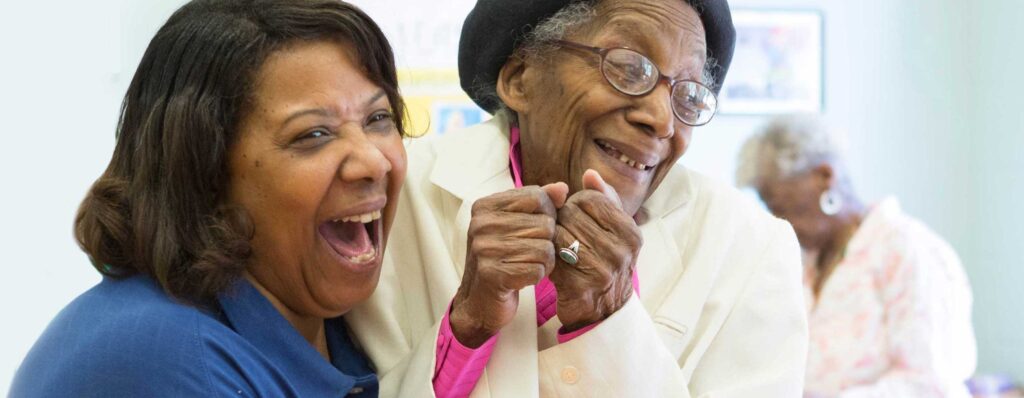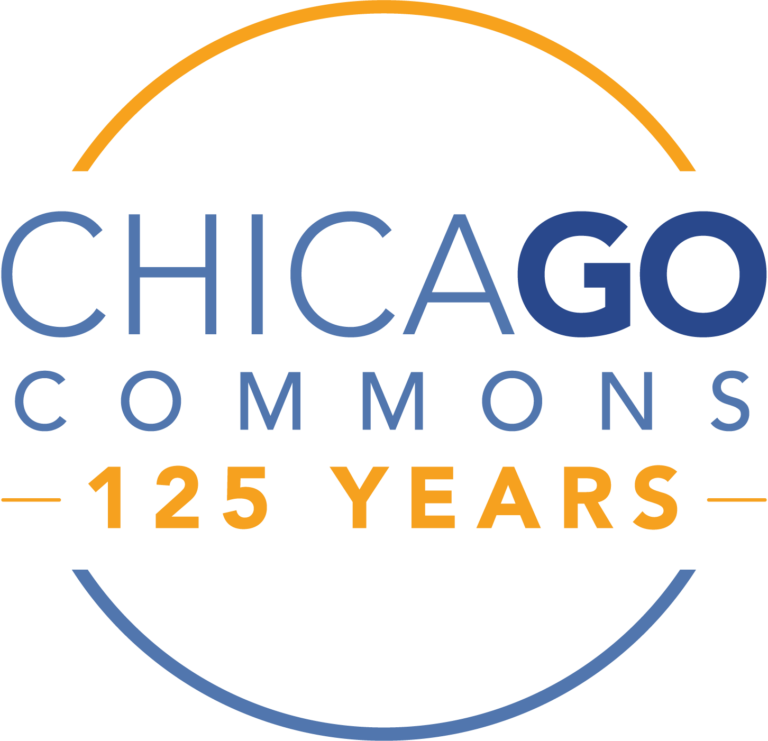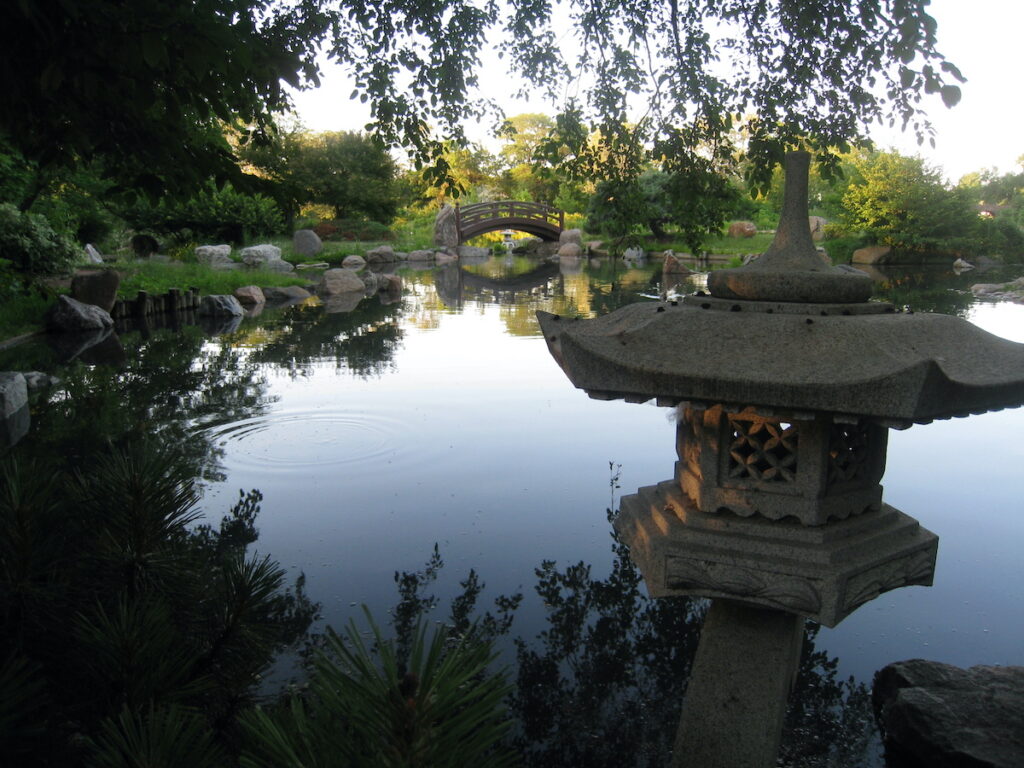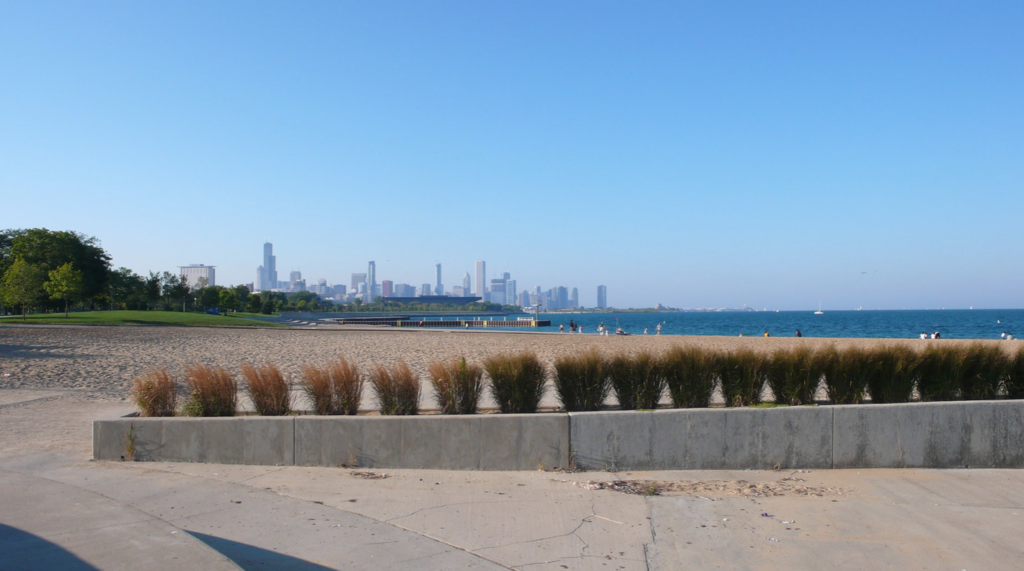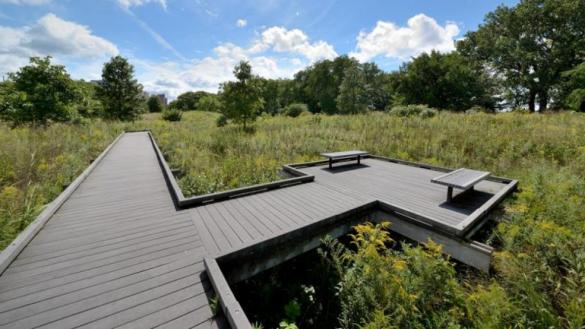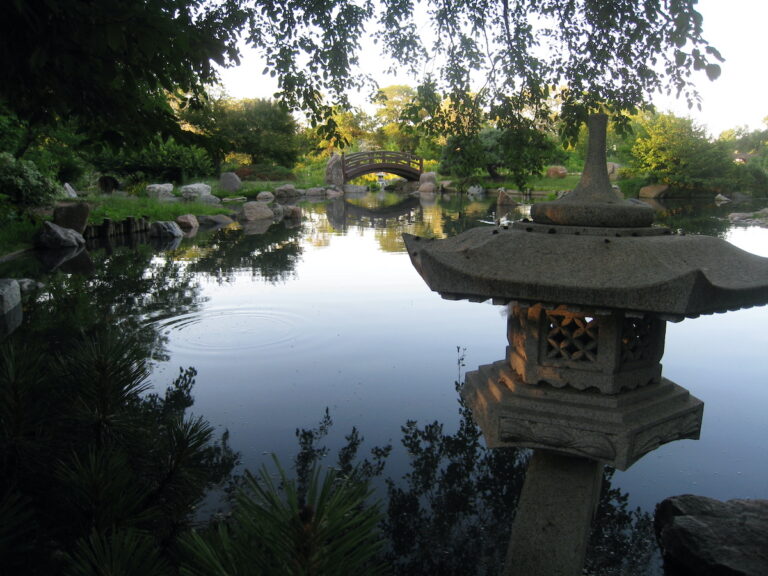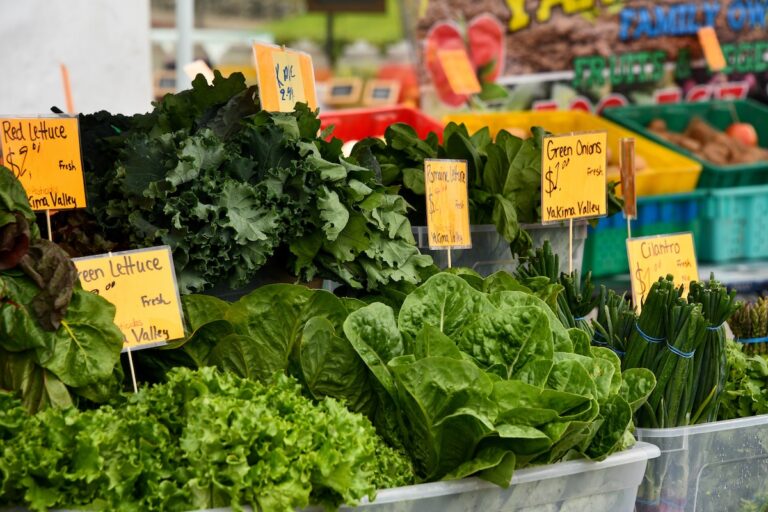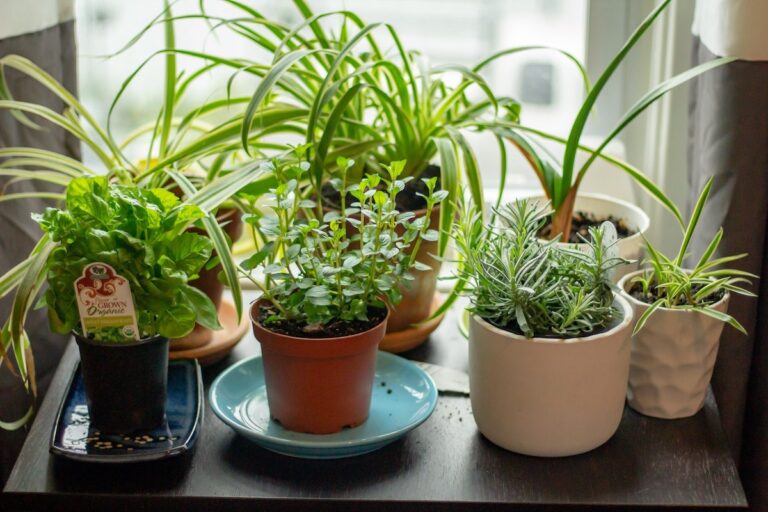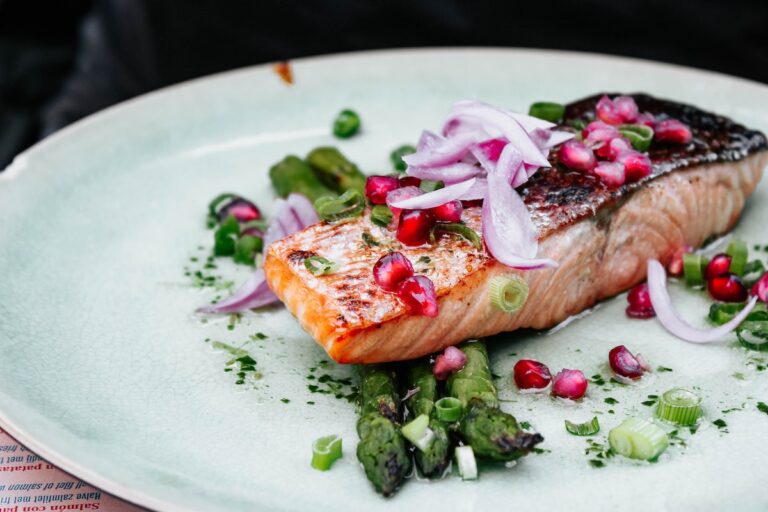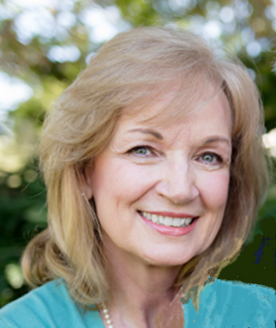“Getting things off the ground” is often a nonlinear process. As Sage Collective continues to expand its service offerings to include virtual and in-person programming, we’re learning, reflecting, and adapting as we go along. This ability to remain agile and constantly innovate is how we operate — and what will ultimately set us apart as a “Model for Social Innovation.”
In this installment of our Interview with an Expert series, we talk to Sage Collective’s latest team member, Program Coordinator Kathy Watkins-Richardson. We are thrilled to have Kathy Watkins-Richardson as part of our team, and to celebrate her pivotal role in making this progress happen. Let’s dive in:
With your extensive background in marketing and strategic planning, what aspects of your experience and skills do you anticipate bringing to your work with Sage Collective?
KWR: I have always leaned toward challenges in every aspect of my life. Sage Collective presented itself to me more than a year ago, when I operated as a facilitator for an annual meeting. I was at the time, and still am, working on my PhD in conflict resolution studies, which really lends itself to the whole mission for Sage. I recall being so impressed with the leadership present at that weekend workshop, and I was greatly inspired by what Sage (Tabernacle) has done and aspires to do.
Donna Gaines and I continued to stay in touch and late in 2020, she asked me to come on board as a contractor to assist with multiple projects. Having been in this role for several months, I am now finding great use for that marketing and strategic planning background, as well as aspects of conflict resolution that relate to issues of equity in underserved communities. In combining my skills, 27+ years’ experience, and interests, I find I am driven by the challenge and desire to help Sage achieve its goals.
We are carving out new paths that require an eye toward identifying the appropriate goals and building execution plans that will get us there. Conflict skills and relevant theories deepen my perspective—and inform strategy, as well. My marketing comes in handy in that we write a good amount of material, so I must use creative words to convey our meaning and to inspire or persuade the given audience. So, I guess you might say this is a great fit.
You were a pivotal player in planning and executing Sage Collective’s latest live, virtual roundtable discussion on COVID-19. What was that process like — from initial concepting, to executing the event, to the follow-up with event attendees? What lessons have you learned from the process, and how do you plan to apply these new insights to future programming at Sage Collective?
KWR: To operate in Sage’s entrepreneurial environment, one must be flexible. From the initial idea of launching a COVID campaign, to having two experts discuss vaccination perceptions and issues relevant to our audience, to the day of the event, things were evolving rather fast in the national arena.
President Biden was in major gear to accelerate vaccination. We had secured our moderator, Monique Caradine, and panelists, Dr. James Galloway, and Dr. Joseph West, early. Working with our speakers, we designed content to portray a story “from virus to vaccine.” Questions were crafted for their expert response. But as the planning proceeded, national issues of vaccine access and how to sign up to get vaccinated changed to “vaccine hesitancy.”
It may seem difficult to understand, but that was a major shift of the narrative, so as we plan future webinars and events we want to make sure that we are in a position to stay on top of the changing landscape, and that we are delivering on the promise of representing the needs of our community with the most credible sources of information.
I can say, too, that I have gone back to an old marketing adage: let’s build one customer at a time, so we will slowly cultivate our audience. That is, while we are delivering great virtual discussions, we also must get known, so people will come. This requires the follow-through you mentioned—the thanking of our attendees—and much multitasking as we continue to develop programming.
How do you see the arc of that experience — implementing a program, learning as you go, and coming away more experienced and informed than before — as being reflective of Sage Collection’s larger “Model for Social Innovation”? In that same vein, can you give us a brief overview of what it means for Sage Collective to be an “innovation lab”?
When the idea arose of comparing Sage Collective to an innovation lab, I must tell you that it took me back to the time I worked in the aerospace field. Major manufacturers were designing innovation labs and think tanks in the 1980s to foster high technology competition—spaceships, unmanned aerial vehicles, supersonic jet engines.
However, I did my research and found that a “social innovation lab” is something unique, and something with which academia is quite familiar. Thinking of Sage as this kind of entity requires a visionary mindset that enables experimentation, ability to move quickly, and perception of failure as a way forward. Success isn’t bad either, don’t get me wrong!
Further, a social innovation lab is not necessarily going to produce tangible objects (like rocket engines), but holistic concepts intended to evolve (in our case) into housing as health, social enterprises, social movements, and eventual policy impact. We are shaping Sage into a model for social innovation that has the potential to create change.
The lab mindset emphasizes the need to strive for ways to get better, to value timing and learning, and to enable the organization freedom and responsibility for choice between feasible options. So we shall conduct intentional experimentation, as we’ve come to call it, that requires ideation, evaluation, and validation. The word Collective in our name is key to our effort, as it portrays Sage’s invitation to a host of organizations to participate in the challenge with us—thus manifesting a certain culture for innovation and change that can have greater impact.
